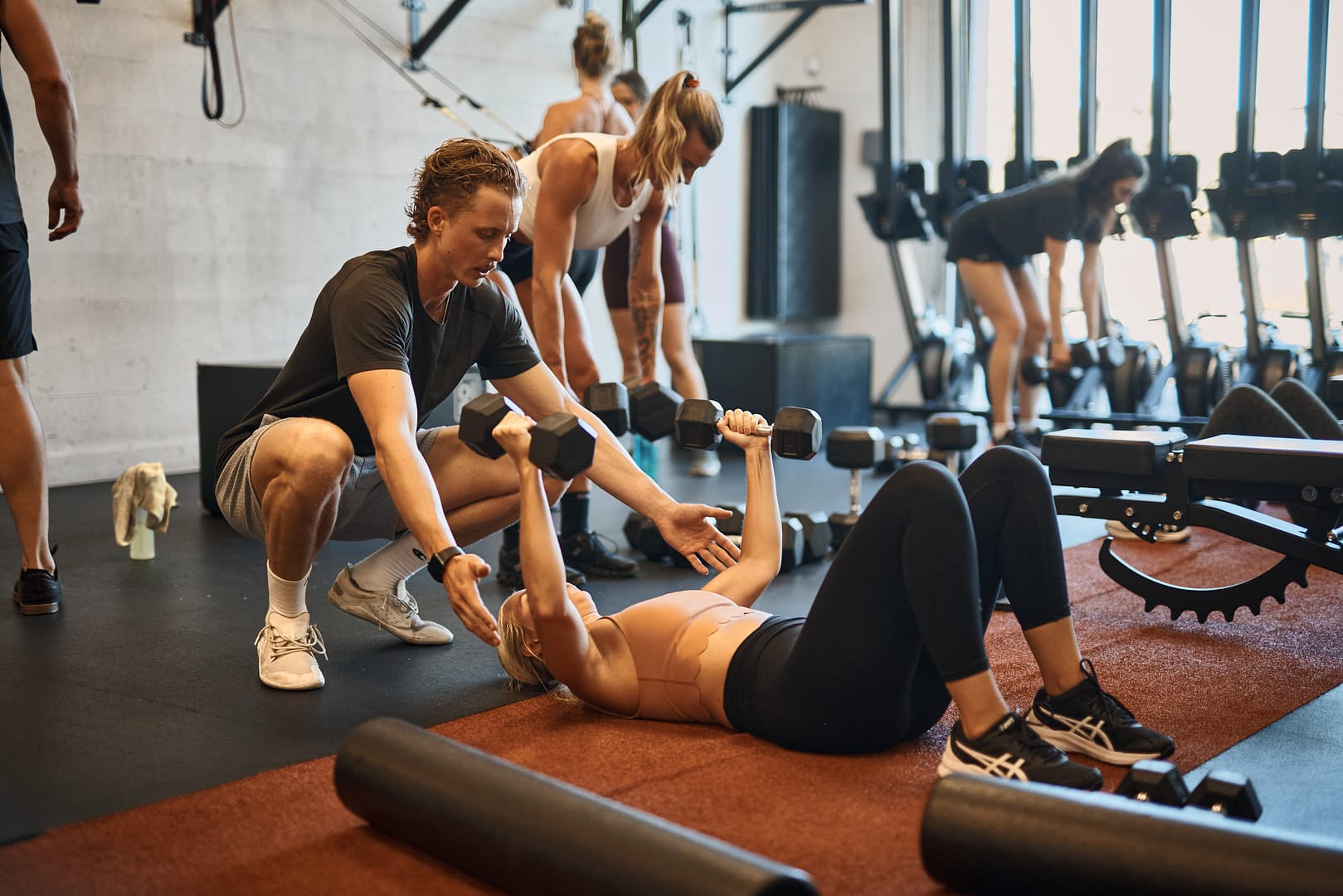Myth 1: No Pain, No Gain
Reality: This old adage can be misleading. While muscle soreness is a common response to effective training, sharp or persistent pain is a red flag indicating possible injury. The American Council on Exercise clarifies that some discomfort is normal as your muscles recover and grow stronger, but pain during exercise is not a normal or healthy sign and should be taken seriously (ACE Fitness, 2021).
Myth 2: You Can Target Fat Loss
Reality: The concept of spot reduction is one of the most stubborn myths in fitness. Studies, such as one published in the Journal of Strength and Conditioning Research, have shown that targeted fat loss in specific areas through exercise is not possible. Fat loss tends to occur uniformly across the entire body rather than in isolated spots (Vispute et al., 2011).
Myth 3: Lifting Weights Makes Women Bulky
Reality: Fear of “bulking up” keeps some women from weightlifting, but it’s based on a misunderstanding of how female bodies respond to exercise. Due to hormonal differences, particularly lower testosterone levels, it’s difficult for women to gain large muscle mass. Instead, strength training helps women develop lean muscle tissue and improve overall body strength and aesthetics without excessive bulkiness, and is essential for maintaining bone density (Harvard Health Publishing, 2016).
Myth 4: Cardio Is Only for Weight Loss
Reality: Cardiovascular exercises do more than just burn calories; they play a crucial role in enhancing overall health. Regular cardio can boost heart function, improve blood circulation, and increase lung capacity. It also plays a significant role in reducing anxiety and depression, enhancing the quality of life beyond physical health (Mayo Clinic, 2021).
Myth 5: Stretching Before Exercise Prevents Injuries
Reality: The benefits of stretching have often been oversimplified. While dynamic stretching can prepare muscles for the demands of a workout, static stretching before physical activity has not been shown to reduce the risk of injury and may indeed lower muscular performance. Static stretches are best performed post-exercise when the muscles are warm and more elastic, helping in muscle recovery and flexibility (Page, 2012).
References
- ACE Fitness. (2021). “Fitness Mythbusting: No Pain, No Gain?” Retrieved from https://www.acefitness.org/education-and-resources/lifestyle/blog/6593/fitness-mythbusting-no-pain-no-gain/
- Vispute, S. S., Smith, J. D., LeCheminant, J. D., & Hurley, K. S. (2011). The effect of abdominal exercise on abdominal fat. Journal of Strength and Conditioning Research, 25(9), 2559-2564. DOI: 10.1519/JSC.0b013e3181fb4a46
- Harvard Health Publishing. (2016). “Strength training builds more than muscles.” Retrieved from https://www.health.harvard.edu/staying-healthy/strength-training-builds-more-than-muscles
- Mayo Clinic. (2021). “Exercise: 7 benefits of regular physical activity.” Retrieved from https://www.mayoclinic.org/healthy-lifestyle/fitness/in-depth/exercise/art-20048389
- Page, P. (2012). Current concepts in muscle stretching for exercise and rehabilitation. International Journal of Sports Physical Therapy, 7(1), 109-119. Available at https://www.ncbi.nlm.nih.gov/pmc/articles/PMC3273886/




